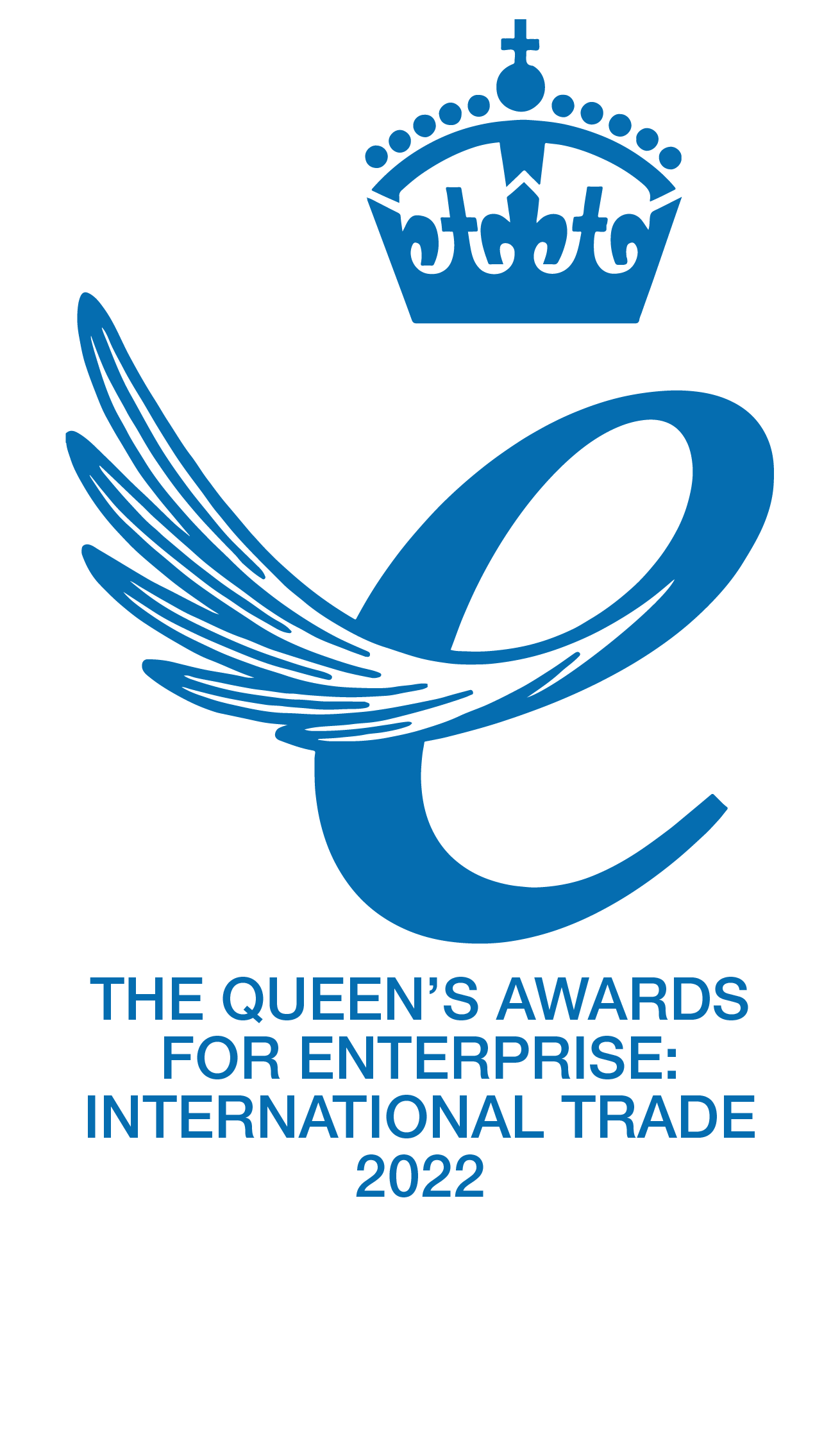Advanced Ultrasound Technology is set to replace Thermal Imagery for Detecting, Locating and Quantifying Air Leaks
With the introduction of mandatory airtightness testing for all commercial and residential new builds in England and Wales, advanced ultrasound technology and computer science is set to replace thermal imagery as the preferred faster, better and cheaper method of detecting, locating and quantifying air leaks, even as small as those with a diameter of 0.5mm.
Coltraco Ultrasonics, who recently won their second Queen’s Award for Enterprise and Export have developed unique ultrasonic, acoustic and mechanical technologies to “see the sounds that others cannot hear” and “measure the hitherto unmeasurable”.
We do this through our science-led instrumentation and systems in Leakage & Tightness: the identification and quantification of airtightness & watertightness in structures on land for room integrity & airtightness and watertight and compartment integrity at sea, generating air and water flow rates respectively.
The Portascanner® Airtight 520 is the global-leading airtightness instrument for the Built Environment, COVID19 control, compartmentation testing and efficient and effective mechanical ventilation. The first instrument in the world to quantify air permeability with ultrasound by identifying, quantifying and recording leak-sites, and calculating air flow rates, in an ergonomic, hand-held tablet format. The Portascanner® AIRTIGHT 520 is a unique combination of advanced ultrasonic and computational technology.Thermal Imagery
Thermal Imagery detects and records temperature differentials and has its use in measuring the performance of insulation and detecting thermal bridging. With the introduction of the Portascanner® Airtight 520, there is now an instrument which detects, locates and quantifies air leaks precisely, making Thermal Imagery an inferior, and far more expensive, choice for the identification and quantification of air leaks.
Advantages of using Ultrasound & Computer Science vs Thermal Imagery
- Pressurisation Requirements:
- Thermal imaging still typically requires some pressurisation of the structure under test. Using the Portascanner® AIRTIGHT 520 there is no need to pressurise at all.
- In laboratories and clean spaces, pressure differentials are standard. However, even in clean spaces there may be partitioned areas for different types of work, which need to be sealed from each other.
The Portascanner® Airtight 520 allows testing all structures easily with no reliance on pressure differences.
- Tempurature Differences:
- Thermal imaging will also require a temperature difference between the inside and the outside of the structure. This is fine for situations where there will be a temperature gradient as standard. If there is no natural differential, energy must be expended to heat the inside of the building, which adds cost to the procedure, is time consuming, and is not environmentally responsible.
- In laboratories and clean spaces, areas such as fume cabinets, which are designed to contain hazardous fumes/airborne chemicals etc.. would not necessarily have any temperature gradient, so would be challenging to test with a thermal camera, but they are very easy to test with the Portascanner® AIRTIGHT 520.
The Portascanner® Airtight 520, detects leaks even if there is no heat flow occurring and quantifies them directly to indicate severity.
- Scientific Evidence of Leak Sites:
- Thermal imagery, while apparently scientific, remains only a qualitative indication of leakage extent. It relies on temperature differences manifesting as colour differences on an infrared photograph. Considerable skill is required to identify the presence of leaks with this method, and leaks are not always obvious.
- The severity of leaks is broadly (although not completely) related to the intensity of the colour, but the thermal imaging camera provides no number related to the size or flowrate of the leak, which the Portascanner® AIRTIGHT 520 does automatically, when using the Full Test function. Only the Portascanner® AIRTIGHT 520 can locate leaks, tell you their airflow rate, and calculate the effect on air permeability, all in one hand-held instrument.
The Portascanner® Airtight 520 provides scientific quantitative information on leak sites and their severity.
- Cost of Thermal Imaging Camera:
- Thermal Imaging Cameras are expensive to purchase, with high quality cameras costing between GBP 20,000 and GBP 40,000.
- The Portascanner® AIRTIGHT 520 offers more capability at a far more affordable price.
The Portascanner® Airtight 520 provides advanced capability at an affordable price.Measure Leaks with the Portascanner® AIRTIGHT 520
Thermal imaging cameras are limited by the resolution of the camera, with the smallest leaks detectable being many times larger than those detectable with the Portascanner® Airtight 520.
Even tiny leaks, under the right conditions, can be significant, which is why the precision of the Portascanner® AIRTIGHT 520 is a key advantage. Heat flow is also complex, with the extent of some leaks not necessarily being readily apparent using a thermal imaging camera alone. Ultrasound propagation is much less dependent on external factors that may affect the direction of heat or air flow, making the Portascanner® AIRTIGHT 520 a more reliable predictor of future leakage behaviour, regardless of factors such as internal and external temperature, ventilation, drafts, outside air movement, and humidity.
The Portascanner® Airtight 520 enables property developers and their contractors to pass the Airtightness test first time and every time, and the costs savings are considerable.






